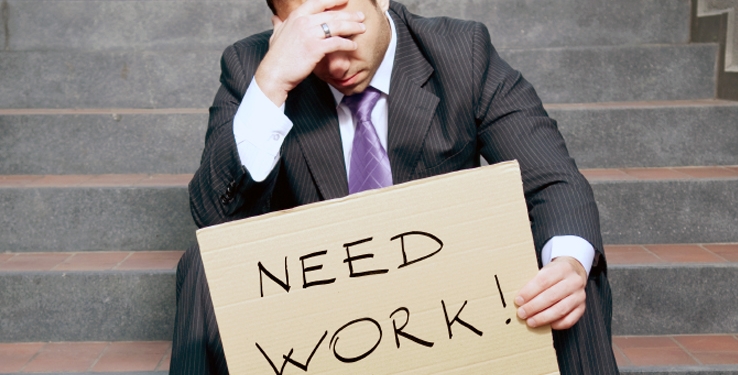
Advertisement
The Department of Labor (DOL) reported Thursday that 5.2 million more people filed first-time unemployment claims last week. The additional claims bring the total number of jobless claims for the week ended April 11 followed the 6.6 million claims reported the week before and bring the total claims filed since the coronavirus crisis forced businesses to close to around 22 million.
Reported numbers don’t tell the whole story
The report comes as President Donald Trump mulls over plans to pull back on the social distancing measures that have forced businesses all over the country to close and reopen parts of the economy and get some people back to work by May 1.
Lockdowns in various states have sent vast parts of the economy screeching to a halt. As a result, nearly 22 million people have been put out of work and the nation is facing its worst economic crisis since the Great Depression.
“The job losses are historic,” stated Julia Coronado, a former economist for the Federal Reserve Board. “It means that we are going to be in for a double-digit unemployment rate.”
The DOL’s weekly jobless claims report has taken on new importance as economists and policymakers alike try to come to terms with the size of the crisis.
“The labor market is obviously very, very important and has a high correlation with what is going on in the economy,” said Jay Bryson, the acting chief economist at Wells Fargo. “It is showing us what I think we all know, that the economy is falling off a cliff at an unprecedented rate.”
Economists are studying the weekly numbers as they wait for other data from the government. All the while, the public health crisis continues and no one knows when social distancing measures meant to hold back the outbreak will end. (Related: Federal Reserve warns that coronavirus will continue to ravage U.S. economy.)
“My guess is the unemployment rate is probably already over 10 percent, maybe 13 or 14 percent,” Joel Prakken, chief U.S. economist at IHS Markit, said.
Things will get worse before they get better
As bad as things look, economists believe that the unemployment numbers won’t be going down any time soon, especially as state unemployment offices continue to struggle to process the unprecedented number of people rushing to file unemployment claims.
“I think we still have a way to go before we will see some tapering of these claims,” stated Prakken.
Across the country, state unemployment systems continue to be overwhelmed by a flood of first-time filers. Thanks to these bottlenecks, Thursday’s claims numbers likely include claims that were filed weeks ago.
Another reason for the increase in claims is the CARES Act. The $2.2 trillion coronavirus relief package expanded eligibility for unemployment insurance, allowing part-time workers and contractors to file. Some states have also waived job-search requirements for filing claims.
That said, the fact that the numbers were slightly lower than the previous week may suggest that the breakneck pace of unemployment may be starting to slow. The data showed that most states reported declines in claims from the previous week on an unadjusted basis.
Continuing claims will give a better picture of the economy
The numbers that will give a better picture of the state of unemployment in America will be those for continuing claims. These represent the total number of Americans continuing to receive unemployment benefits, are reported with a one-week delay.
“Over time, that will tell us about the speed with which people are finding new jobs,” Coronado said. “If you start to see a drop, that tells you about the net flow.”
Even more than a dip in initial claims, a dip in continued claims would be a better indicator of possible recovery as it hints that businesses are reopening and jobs are being created.
“If continued claims three months from now remain very, very high,” explained Bryson. “It means that the labor market is not bouncing back as fast as we had hoped, which wouldn’t bode well for an overall recovery.”
Sources include:
Advertisement
Advertisements
















